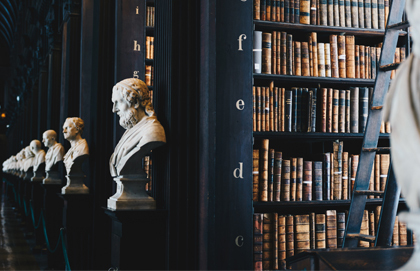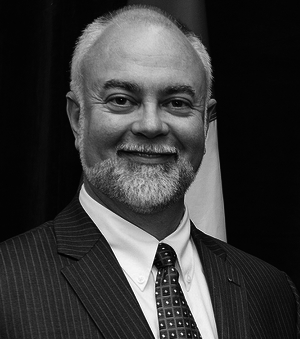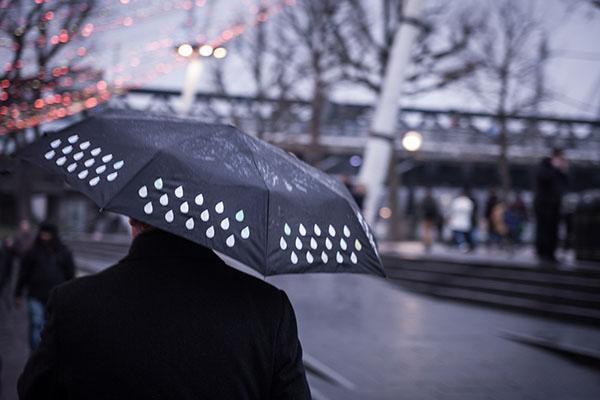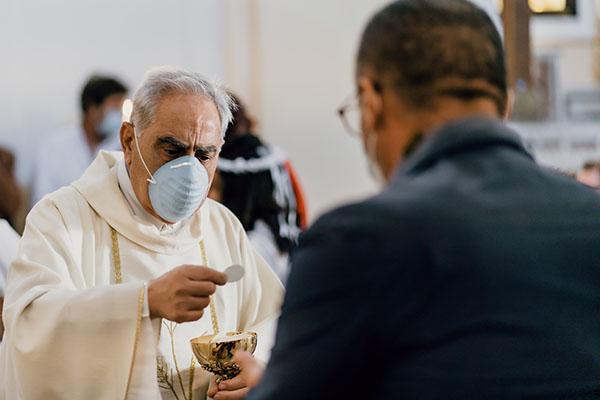In March, Canada’s federal government gave instructions to the Standing Committee on Canadian Heritage to “undertake a study on how the government could develop a whole-of-government approach to reducing or eliminating systemic… religious discrimination.” A whole-of-government approach implies, at least to me, working together between departments and among parliamentarians.
Barely two months after delivering this assignment, the same government introduced a bill expressing its intention to remove the prohibition designed to reduce or eliminate unlawful interference with religious worship. This second proposal was set before another committee, the Standing Committee on Justice and Human Rights.
The left hand of government seems not to know what is already in the right hand. Or is it the right hand that doesn’t know what is already in the left?
The Department of Justice (DOJ) is, basically, the largest law firm in the country. DOJ provides legal advice to the departments and agencies of the federal government, and reviews legislative proposals before they head to the House of Commons.
The motion, M-103, that resulted in the first study, by the Heritage Committee, and the legislation, Bill C-51, An Act to amend the Criminal Code and the Department of Justice Act and to make consequential amendments to another Act, that resulted in the second study by the Justice Committee, were introduced by the same political party, reviewed by the same legal department, and endorsed by the same Prime Minister, cabinet ministers and government.
It may seem repetitious, but, to be clear, at the direction of the same government, Canadians have a parliamentary committee engaged in a study from which one would expect prohibition on unlawful interruption of religious worship to be recommended, were it not already law, and a second parliamentary committee engaged in a study intended to remove the law prohibiting unlawful interruption of religious worship.
What are Canadians to make of a government that considers it a matter of our national heritage to put an end religious discrimination, while at the same time a matter of justice and human rights to embolden the disruption of religious worship?
Perhaps, instead of looking to our duly elected government to decide on a priority, Canadians need to make our own assessment and share our thoughts on the matter with our elected members and leaders.
Following is the section of the Criminal Code now being considered before both committees – one for and the other against:
176 (1) Every one who
(a) by threats or force, unlawfully obstructs or prevents or endeavours to obstruct or prevent a clergyman or minister from celebrating divine service or performing any other function in connection with his calling, or
(b) knowing that a clergyman or minister is about to perform, is on his way to perform or is returning from the performance of any of the duties or functions mentioned in paragraph (a)
(i) assaults or offers any violence to him, or
(ii) arrests him on a civil process, or under the pretence of executing a civil process, is guilty of an indictable offence and liable to imprisonment for a term not exceeding two years.
(2) Every one who wilfully disturbs or interrupts an assemblage of persons met for religious worship or for a moral, social or benevolent purpose is guilty of an offence punishable on summary conviction.
(3) Every one who, at or near a meeting referred to in subsection (2), wilfully does anything that disturbs the order or solemnity of the meeting is guilty of an offence punishable on summary conviction. [summary conviction: a maximum sentence of 6 months imprisonment, maximum fine of $5000 or both]
The stated government position is s. 176 is not necessary, as other sections in the Criminal Code may be used in regard to the same subject matter.
A minister of the government stated in private correspondence that police can use the public disturbance section, s. 175. But, places of worship are private buildings, even though members of the public are often invited to attend at identified times. That won’t work.
Well then, he suggested, use the section that deals with threats (s. 264.1) or the section dealing with assaults (s. 265) or the sections dealing with hate crimes (s. 318 and 319) or the section dealing with public mischief in relation to a building used for public worship (s. 430 (4.1)).
These have been put forward as the reason s. 176 has been deemed unnecessary. But none of the other sections properly address the wilful disturbance or interruption of religious worship, or interference with the performance of a solemn religious rite.
If the hate-fueled murderer that entered a Quebec City mosque in January had instead entered a house of worship armed with one of those neon-coloured water soakers fired randomly into the crowd at Gay Pride parades, what charge would police have pursued against the perpetrator of soggy Muslims, Christians or Jews?
In the 1980s, we lived in a hub-town in the interior of British Columbia. At a pastors’ gathering, my 25-year-old self was warned that we had an “ichabod” man in town. Ichabod is the English transliteration of a Hebrew word that means “the glory [of the Lord] has departed.” Our ichabod man saw it as his role to set up a large sign on the sidewalk outside his church-of-the-day, then use a bullhorn to declare that the glory of the Lord had departed from that church, and to state disagreement with particular religious beliefs of his target audience. One pastor had contacted the RCMP. We were advised that what is now s. 176 would be used if the Sunday meeting was interrupted by the man either entering church property for his protest or using amplified sound that was disruptively heard inside. Otherwise, as long as the public walkway was unimpeded, he had was entitled to free speech.
When ichabod man arrived, I took the short walk to his chosen spot to let him know he was welcome in our church, provided he was not disruptive, or he could continue his protest, provided he did not use his bullhorn. We had one Sunday morning of worship with unwelcome sidewalk signage and the unintelligible faint din of his voice. Ichabod man departed with exiting parishioners following the service. They came back the next week. He didn’t.
Forewarned, we didn’t need to use s. 176 that day, but it has been used since. Here’s a sampling.
A former member decided to attend at a Jehovah’s Witnesses meeting with protest signs, speak to members as they arrived and knock on the doors of the building throughout the worship meeting. He was sentenced to three years’ probation (R. v. Reed, [1999] B.C.J. No. 2868).
In another case, a Christian dinner was interrupted by protest. Police had to be called as the event was unable to continue. The protester was fined $500 (R v Geoghegan, 2005 ABPC 255).
In June of this year, a woman entered an Ottawa church, where she disrupted worship by screaming and then broke an arm off a statue of Jesus. She was charged under s. 176.
When then Minister of Justice Irwin Cotler introduced specific provisions on human trafficking for inclusion in the Criminal Code in 2005, one of the arguments against Bill C-49 was that other sections of the Code covered off the elements of the offence. No one today would argue against the value to both police and prosecutors of having the human trafficking prohibition in one readily accessible and actionable part of Canada’s criminal law.
When current Minister of Justice Jody Wilson-Raybould said s. 176 makes it illegal only to disrupt a clergyman or minister, but not an imam or a rabbi, the advice she was relaying from her department ignored the facts. Based on earlier Department of Justice advice, the Canada Revenue Agency defined the word “clergy,” as used for income tax purposes, to include “priests, pastors, ministers, rabbis, imams, commended workers and other persons who have been commended, licensed, commissioned or otherwise formally or legitimately recognized for religious leadership within their religious organization.” This definition of clergy aligns with decisions of the Supreme Court of Canada made over a period of more than 50 years, before and after arrival of the Canadian Charter of Rights and Freedoms. Most recently, the Court adjusted the concept of clergy-parishioner confidential communications to “religious communications” (R. v. Gruenke, [1991] 3 SCR 263) and noted in the government’s reference case in regard to changing the definition of marriage that “religious officials” could not be compelled by the state to perform marriages in violation of their religious beliefs.
If the government is serious about religious freedom, including freedom to worship and seeking an end to religious discrimination, it won’t ask one of its committees to report on why Canada needs s. 176 and another to consider removing its protection. Instead, the government will explore why the largest law firm in the country failed to adequately prepare Parliament and brief the Minister of Justice on its own decades old advice, advice based on more than half a century of decisions from the nation’s highest court.
Don Hutchinson is the author of Under Siege: Religious Freedom and the Church in Canada at 150
Convivium means living together. We welcome your voice to the conversation. Do you know someone who would enjoy this article? Send it to them now. Do you have a response to something we've published? Let us know!






